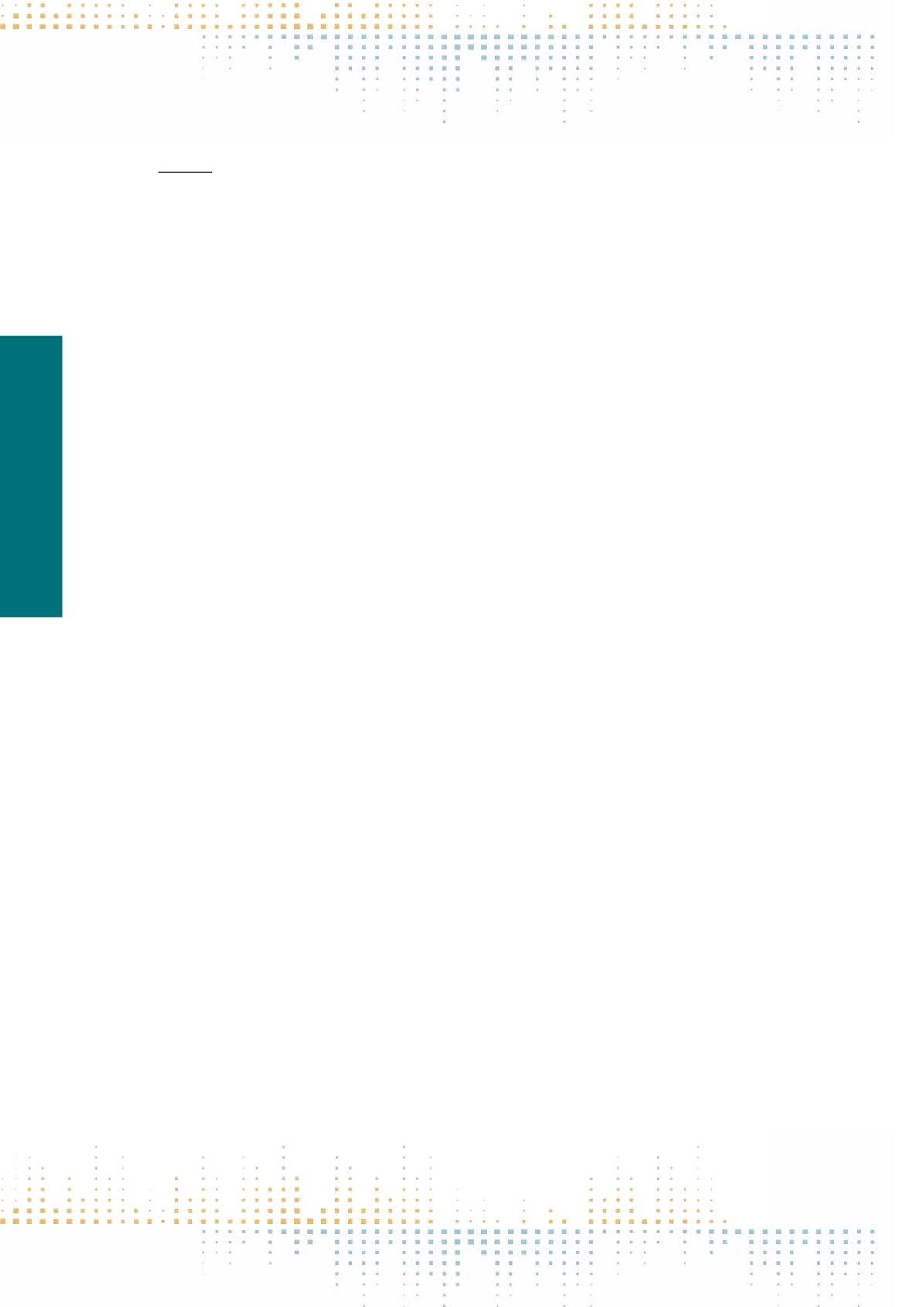

282
Friday, November 11
0 9 : 0 0 – 1 0 : 3 0
PP 340
Gender Images in the Run-Up to Elections: Female and Male Politicians in Swiss Media Coverage
S. Fiechtner
1
, P. Schönhagen
1
, M. Puppis
1
1
University of Fribourg, Department of Communication and Media Research, Fribourg, Switzerland
Media as pivotal part of societies “represent gender in a manner that continues the process of the symbolic, social, and cultural construction of gender”
(Magin/Stark 2010: 383). Although some previous studies show that reporting about women candidates became more gender-balanced in the last years,
disparities still exist (Engelmann/Etzrodt 2014; Jalalzai 2006). Media coverage about female politicians is significantly more likely to be personalized than
media coverage about male politicians. Furthermore it has been shown that women candidates get connected to topics stereotyped as feminine and
reporting favors appearance and traits over political issues (Dunaway et al. 2013; Trimble et al. 2013; Koch/Holtz-Bacha 2008; Sreberny-Mohammadi/
Ross 1996). The same is true for Switzerland (Stalder 2004; Nyffeler 2001). However, newer empirical studies for Switzerland are sorely missing. Both due
to changes in the media landscape and women’s progress in politics, a change in the construction of gender in the coverage of elections can be expected.
Consequently, a topical study that is able to deliver fresh insights is essential. The aim of this study is thus to analyze the media (re)presentation of male and
female candidates in the run-up to the Swiss parliamentary elections 2015. The study aims at answering the question of which gender images were trans‑
ported by the most important legacy and online media during the last four weeks before elections. Specifically, the study discusses how many male and
female candidates were presented, which political topics male and female candidates were related to, whether personal issues were addressed equally, and
whether stereotypical patterns of female and male candidates were constructed. To answer these questions a quantitative content analysis of 908 articles
from nine printed newspapers as well as eight online news outlets including audiovisual material was conducted. The analysis included the tabloid press
and quality newspapers as well as the news coverage of the Swiss public service broadcaster in German, French and Italian. This selection allows for gaining
insights not only in media used by elderly voters but also by younger citizens. Moreover, a qualitative analysis of 249 images from these articles depicting
candidates was performed. Preliminary results indicate that less than one percent of the candidates did not get an explicit attribution (e.g. Mr., Mrs., he,
she) as female or male. Family status is rarely mentioned but more often in case of female candidates (female 5%; male 2%). Comments on the private
background of candidates are rare and mainly positive; here again, female candidates are evaluated with regard to this aspect of their lives more often than
their male counterparts. These first findings suggest that even so political reality provides multifaceted ways of masculinity and femininity, stereotypical
patterns are still found in media coverage of Swiss elections. The present study confirms previous findings and demonstrates the value of engaging in
analysis integrating quantitative and qualitative methods by including visual aspects. Moreover, such information is valuable for raising the awareness
of journalists, politicians and the audience about gender images.



















